
Silkie Chicken Facts, Information and Pictures by Pets Amazing Pets For You
Silkie Chicken Colors. Silkie chickens come in many interesting colors, but accepted varieties include black blue buff and white colors. The white and black Silkie was the original bird selectively bred to produce multicolored plumage. Splash and partridge are also recognized and accepted colors; however, more exotic shades such as red.
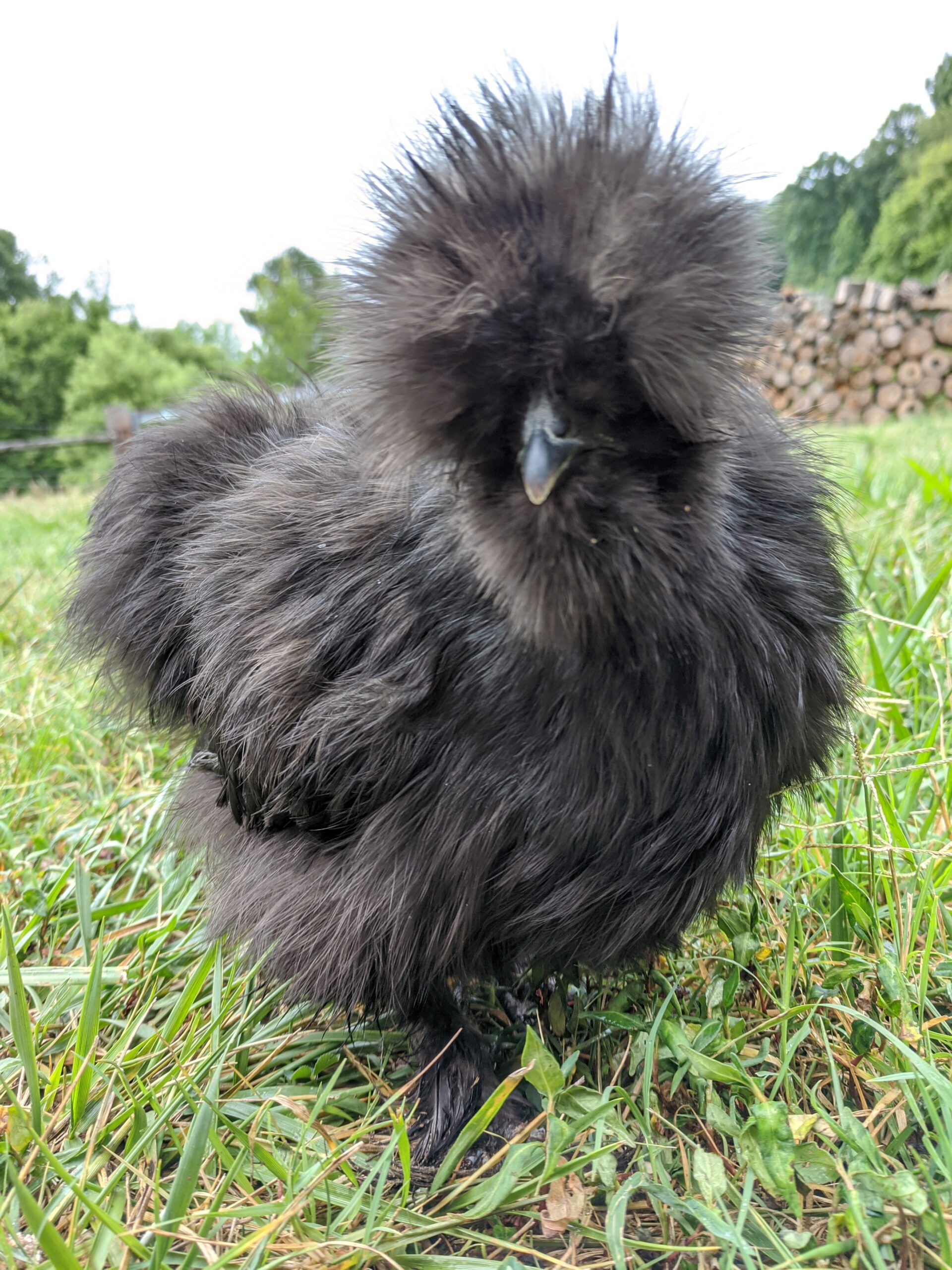
Silkie Chickens Breed Profile The Greenest Acre
Silkie chickens are arguably one of the most beautiful chicken breeds, and although they are most commonly found in white, they can come in a wide range of other beautiful colors too. Silkies come in two distinct variations: bearded and non-bearded. Bearded Silkies have an extra beard, or "muff," of feathers underneath their beak.

Blue Silkie Chicken Fluffy Chickens for Your Homestead
Chicken Experts Podcast Silkie Chickens - A Masterclass with The Experts Loaded 0% - They're just SO FLUFFY! Who doesn't want one of these loveable little ground clouds tottering around their feet seeking out snuggles and snacks? Silkies are the fluffiest, friendliest little bantam beauties on the block.

Pin on Silkie chickens
Silkie chickens were admitted to the Standard in 1874. Standard Description: The breed name comes from the Silkie's soft, fur-like plumage, resulting from the inability of the feather barbs to lock. Its plumage is said to feel like silk or satin. Their fluffy appearance makes the birds look bigger than they are.
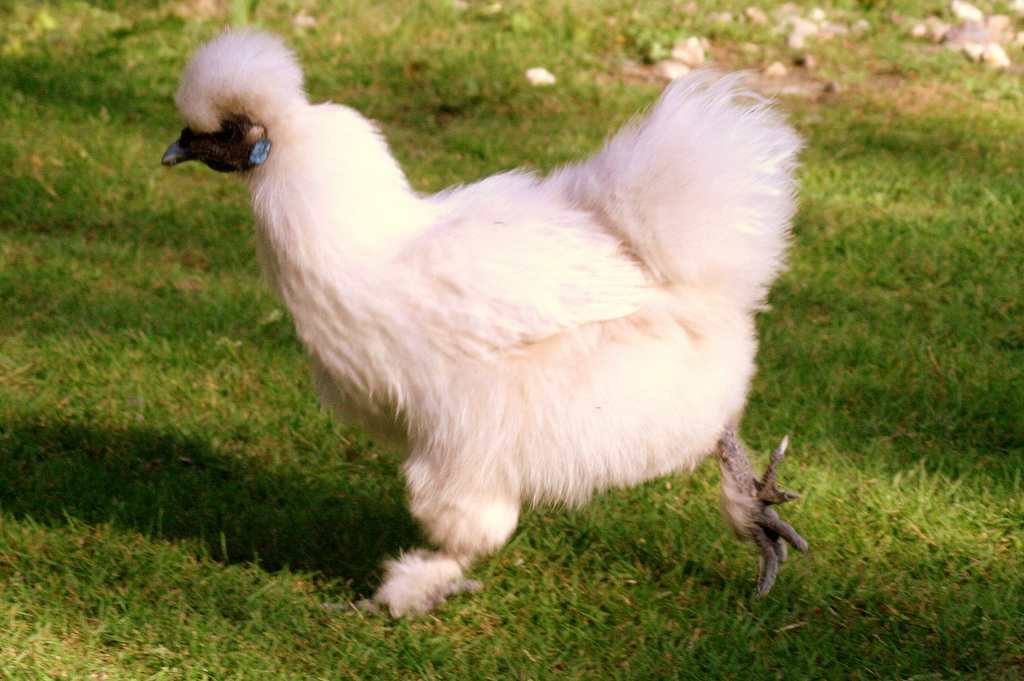
Silkie Chicken Facts, Information and Pictures by Pets Amazing Pets For You
Red Red Silkies really are a rare find. Usually, Silkies in a similar color range from dark brown, to a light "buff" color. But the red Silkie is distinctly red, just as prominent as any other standard red chicken breed. Interestingly though, as young chicks, red Silkies actually appear brown to black.

SHOW VIDEO/PICTURES Photograph,Images,video for visual recreation Silkie chickens, Chickens
They are a beautiful breed of chicken in many colors, including black, white, blue, and Buff. They are also known for their soft feathers and calm temperament. In this article, we will discuss everything you need to know about Silkie chickens, from their characteristics to how to care for them so that your Silkies will live a long and happy life.

Buff Silkies Bantams Chicken breeds, Silkie chickens colors, Chickens backyard
If you want a chicken that lays lots of eggs, the Silkie is not your bird. They are considered poor layers averaging 2-3 small eggs each week - around 100-120 eggs per year. However they excel in the broodiness department and are fabulous mothers (more on this later). Egg Production. Eggs Per Week: 2-3 Eggs.
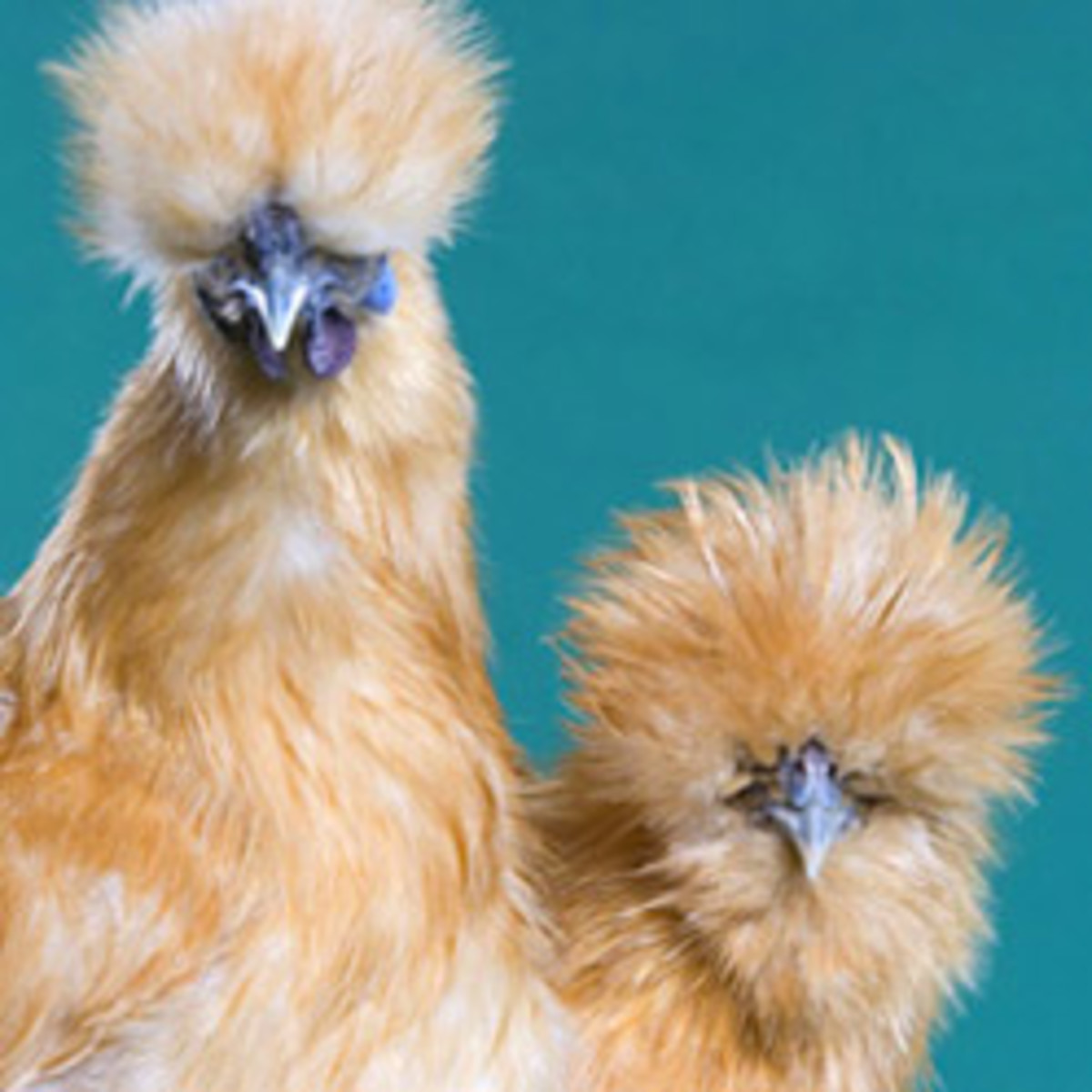
Silkie Chicken Colors in Pictures
Silkie Chicken Colors and Varieties. Silkie chickens come in a variety of colors, with eleven recognized by the American poultry association. These colors include buff, white, black, blue, splash, partridge, and grey. In addition to these recognized colors, breeders are developing more colors, adding to the diversity and appeal of this unique.
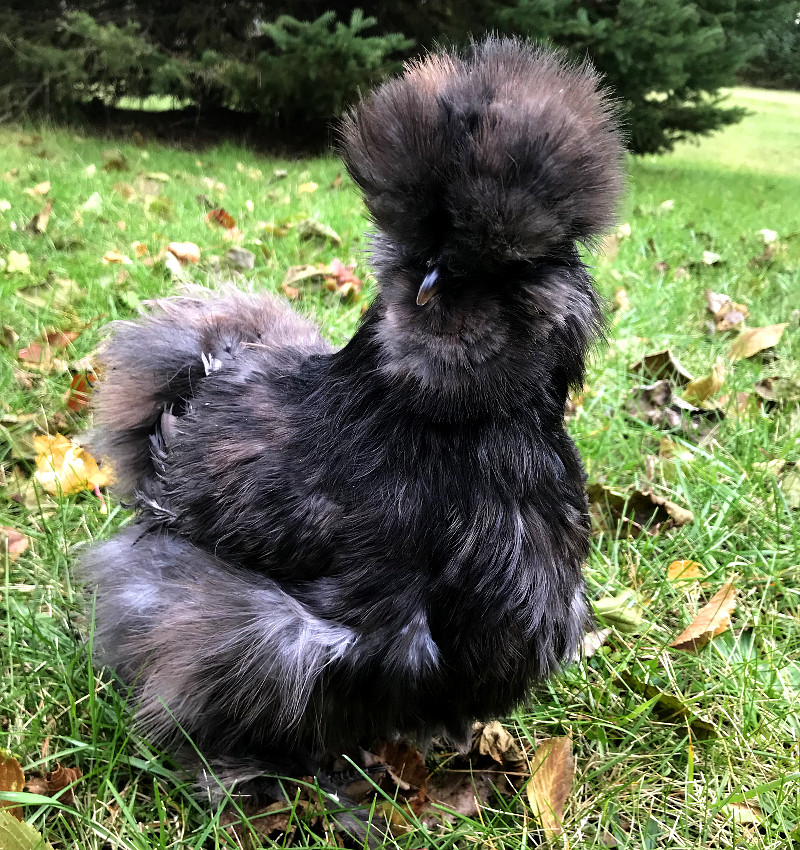
All You Need To Know About Silkie Chickens BackyardChickensHQ
Choosing a Breed Frequently Asked Questions Silkies Purple chickens are real! Lavender Silkie chickens are made up of everything wonderful about Silkies, plus a perfect pastel-purple rinse. Of course, you're intrigued! Why would you not be. Time to find out why the lavender Silkie is rare and sought after…
Silkie Colored Chickens Grown Up A beautiful example of a buff rooster. julefreedom
Silkie chickens are renowned not just for their distinctive fluffy plumage and gentle demeanor; the variety of colors they come in also makes this breed a favorite among poultry enthusiasts worldwide. Here is a list of some of the colors in which you can find Silkie chickens: Red Blue Buff Gray Black White Paint Splash Cuckoo Lavender Partridge
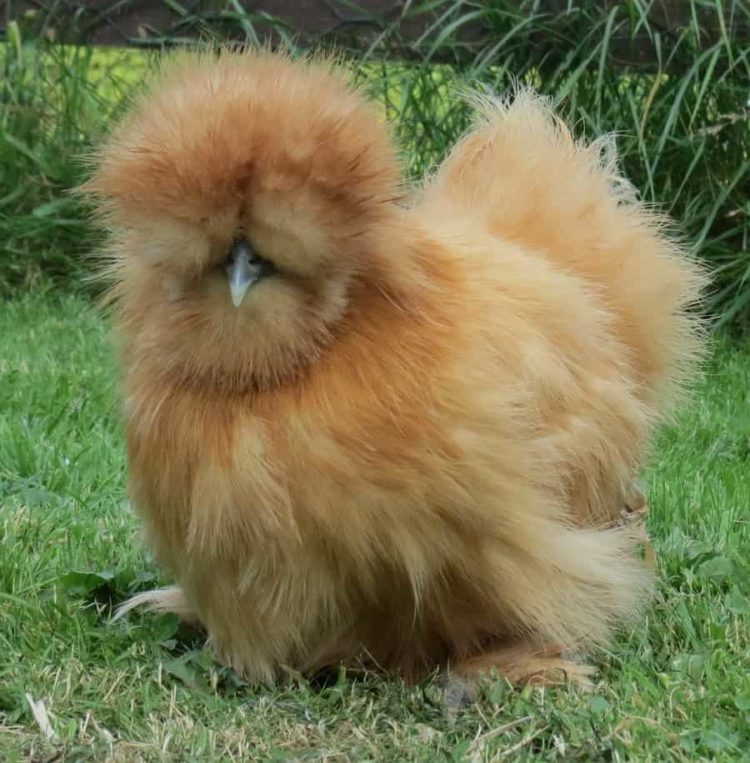
Silkie Chicken Breed Info Guide on Eggs, Colours, Babies and Where to Buy
Splash (The splash color pattern in chickens means the feathers are mostly white with some spots or "splashes" of color. These spots can be blue, black, or gray. .. a Silkie Chicken will lay around 100 to 120 eggs per year, about two to three eggs per week. Silkie Chickens lay small to medium-sized eggs that are usually cream or tinted.
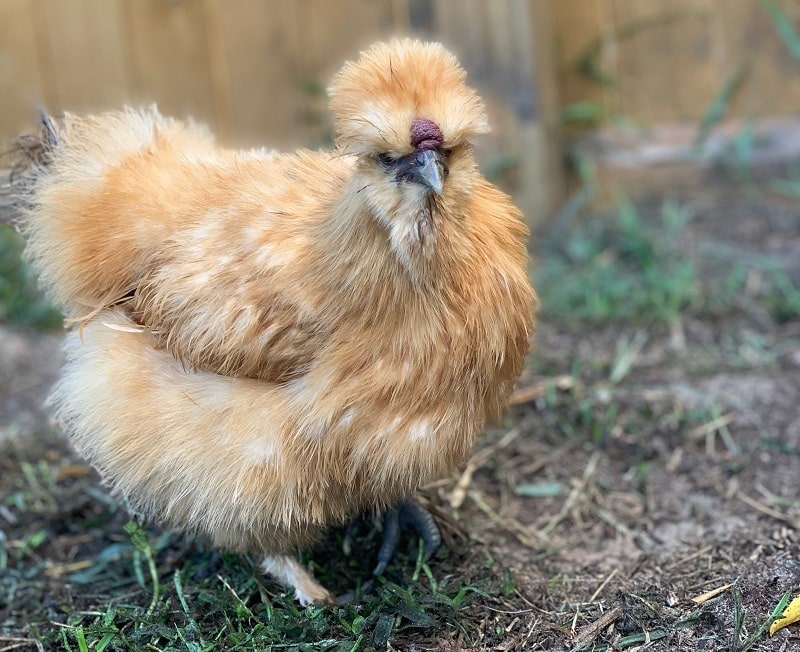
10 Silkie Chicken Colors (With Pictures) Pet Keen Online Store
Silkies are a small breed of chicken that is known for their fluffy feathers and docile temperament. They make great pets and are often used in shows. Silkies can lay white, cream, blue, or green eggs. The color of the egg depends on the parentage of the chicken.

Silkie Are The Fluffiest Chicken In The World
The silkie was recognized as an official breed in North America in 1874. Breed Name: Silkie (or Chinese silk chicken) Breed Type: Exhibition, ornamental, and companion birds. Temperament: Affectionate, loving, docile. Size: Small. Large males are around 4 lbs (1.8 kg). Large females are around 3 lb (1.3 kg). Bantam males are 1.38 lbs (0.6 kg).

Silkie chicken hadabonita_ Silkie chickens, Pet chickens breeds, Pet chickens
What Silkie Chickens Look Like Silkies are most certainly different in many ways from a 'regular' chicken appearance! The head should be crested, looking somewhat like a 'pom-pom' ( similar to a polish chicken ). If a comb is present, it should look like a 'walnut,' being almost circular in appearance.

Silkie Chicken / Although they won't keep you in eggs, they will supply you will lots of love.
In general, a well-bred Silkie should have a walnut shaped comb, a medium sized soft and full crest that is more globular in the female, and a bit more upright in the male with streamer feathers coming off the back. The eyes should be large, bright, and very dark in color, and the beak is black to slatey blue, short, broad, and well-curved.

Silkie chickens. Showgirls. Silkie chickens, Beautiful chickens, Black chickens
Partridge Grey Red Splash Cuckoo Lavender Silkie Bantam Characteristics Silkie Chicken Qualities Silkies are not the best egg layers, producing only around 100 eggs a year, nor do they make the best fryers. Commonly, Silkies work best as decorative chickens and show birds. Also, as the hens are extremely broody, they work great as foster mothers.